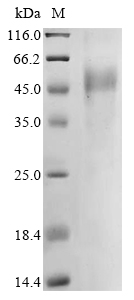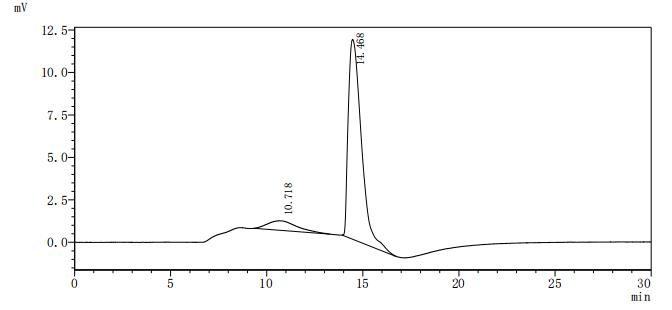To make this Recombinant Human CD19 protein, the CD19 gene was isolated at first and cloned into an expression vector. CUSABIO has built a mature recombinant protein platform. This Recombinant Human CD19 protein was developed in the platform. It was expressed in Mammalian cell at the region of 20-291aa of the Human CD19 protein. N-terminal 10xHis tag and C-terminal Myc tag was fused with the expression vector for affinity and purification purposes. The purity is 85%+ determined by SDS-PAGE.
CD19 is a 95-kDa B-lineage specific transmembrane glycoprotein, which functions as a central response regulator in B lymphocytes by decreasing the threshold for antigen,receptor dependent stimulation, thereby enabling B cell activation when few receptors are engaged. With the important exceptions of hematopoietic stem cells and plasma cells, CD19 is expressed during all stages of B-cell differentiation and is maintained on cells that have undergone neoplastic transformation, being expressed on more than 95% of B-cell non-Hodgkin lymphoma and chronic lymphocytic leukemia. Recent studies have also shown that CD19 expression is maintained despite loss of CD20 expression following treatment with CD20 antibodies, which are frequent components of regimens currently used in the management of these disorders. This strict lineage restriction makes CD19 an attractive immunotherapeutic target and strategies directed at this antigen have become the paradigm for therapies employing chimeric antigen receptors.







